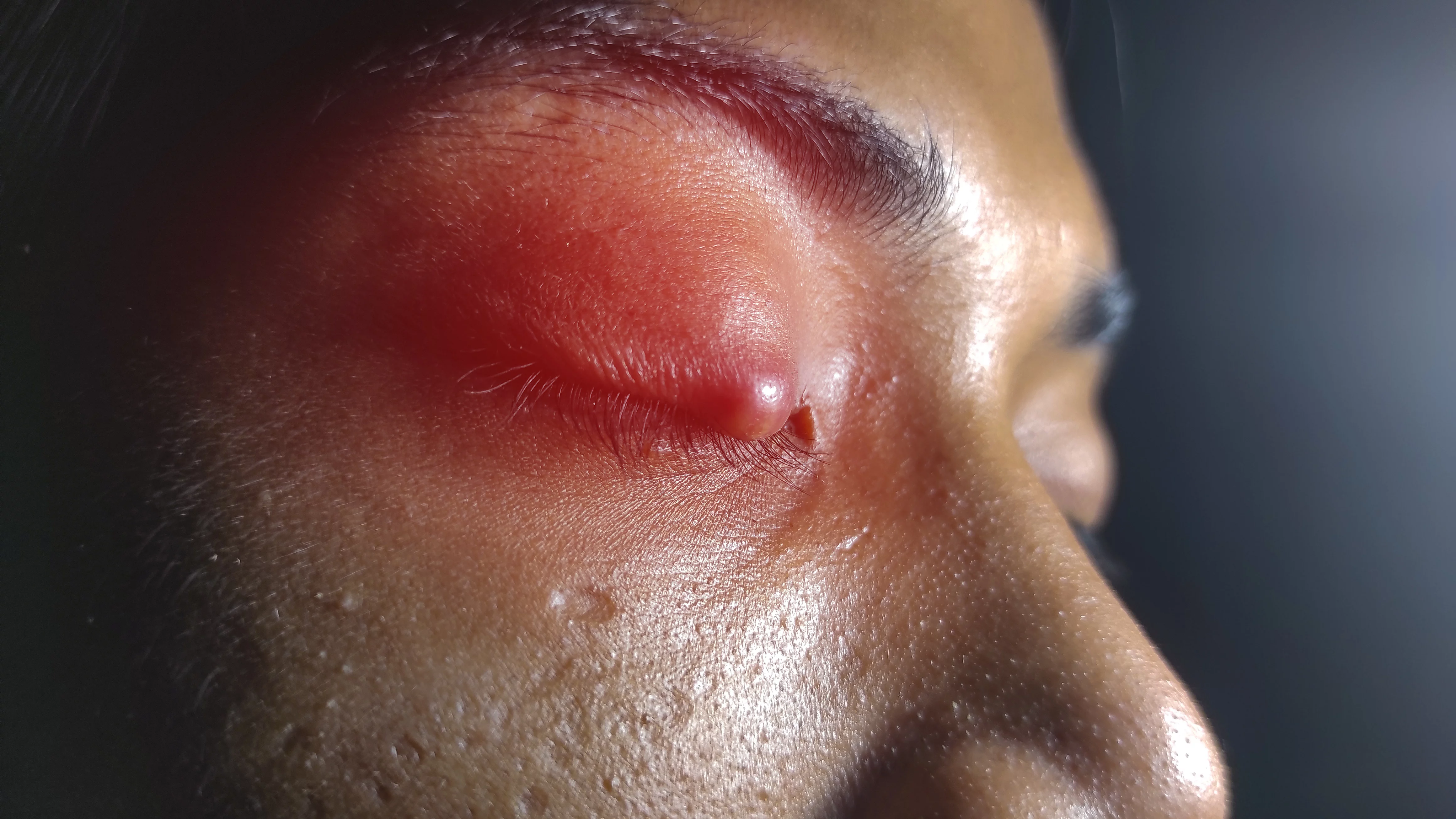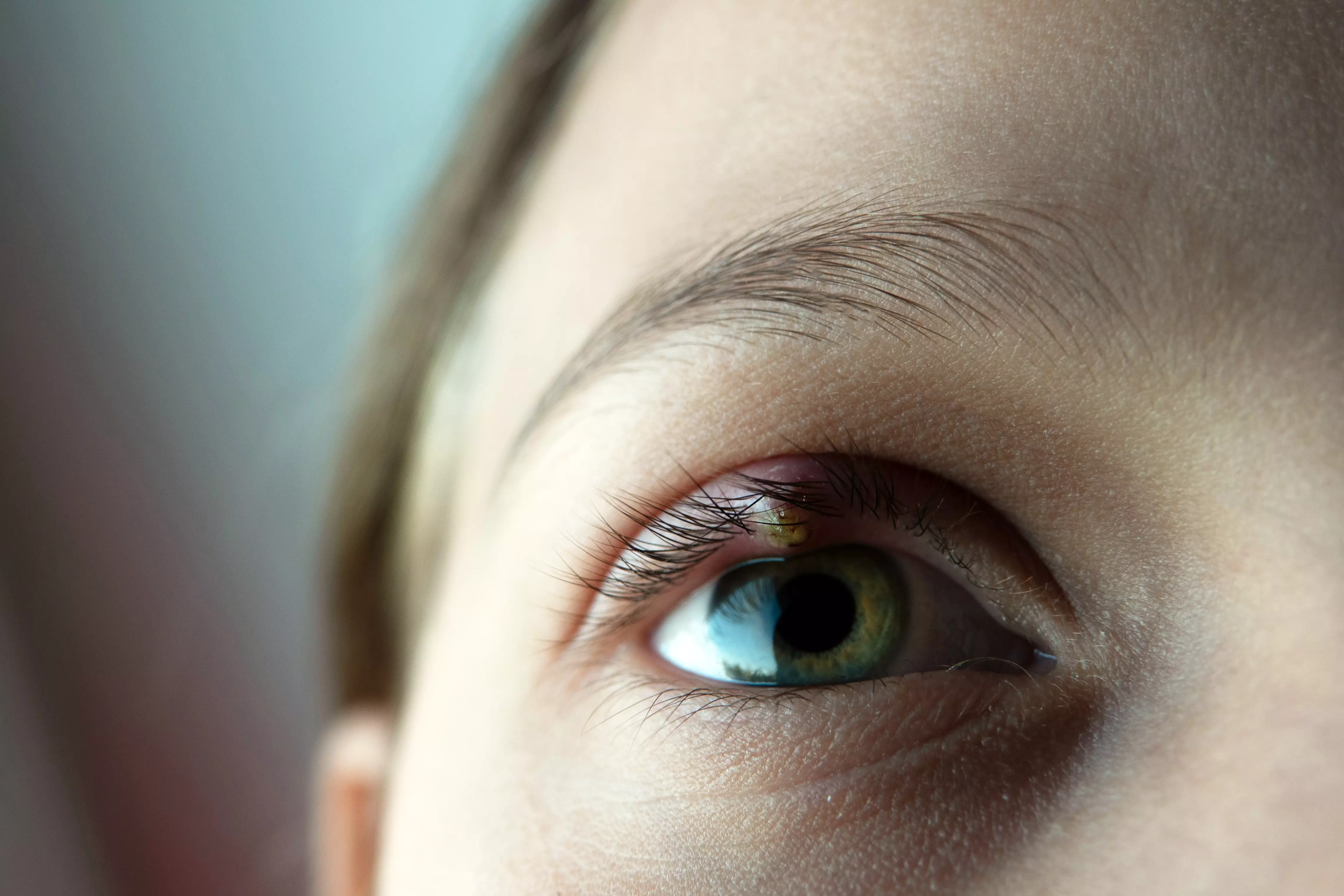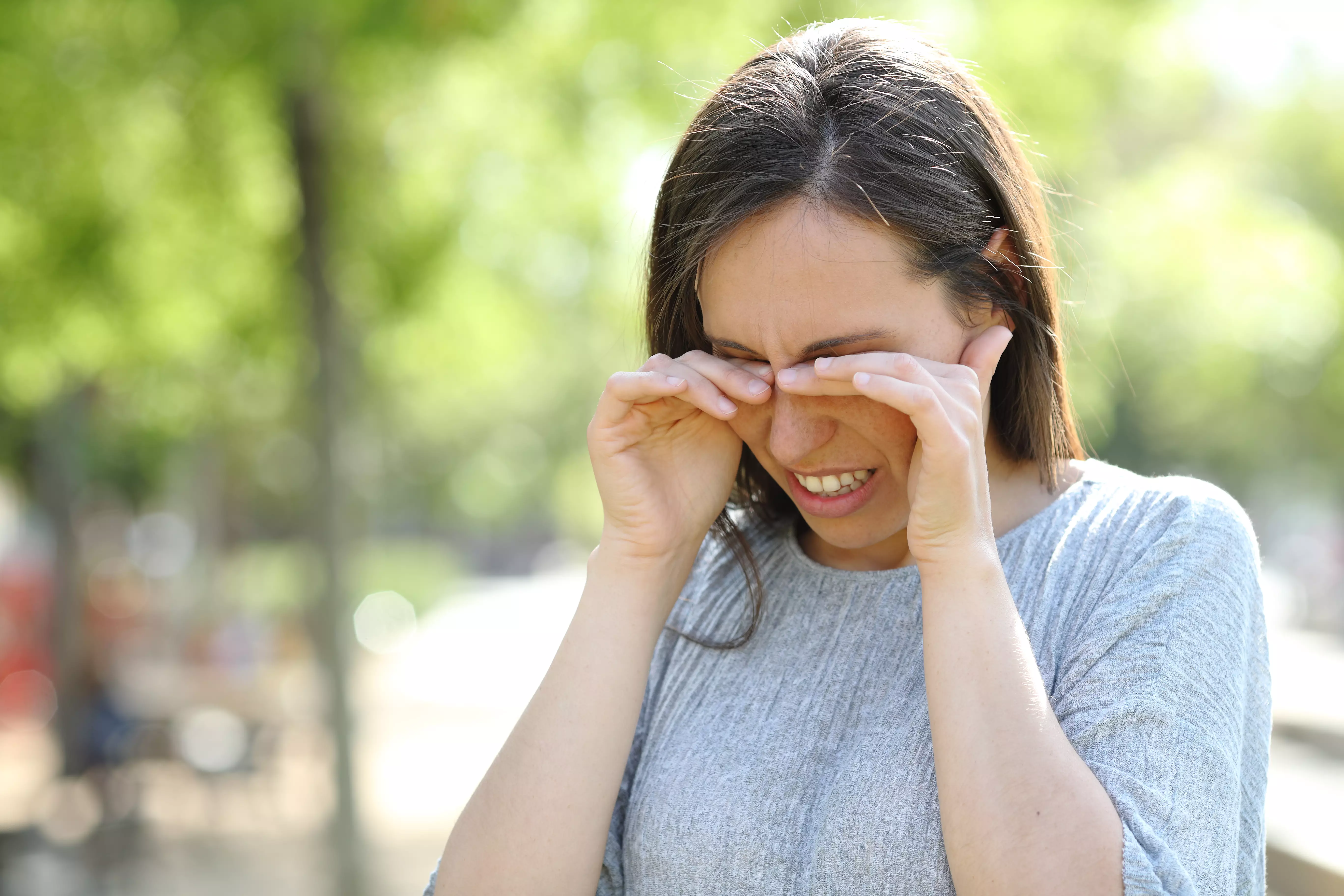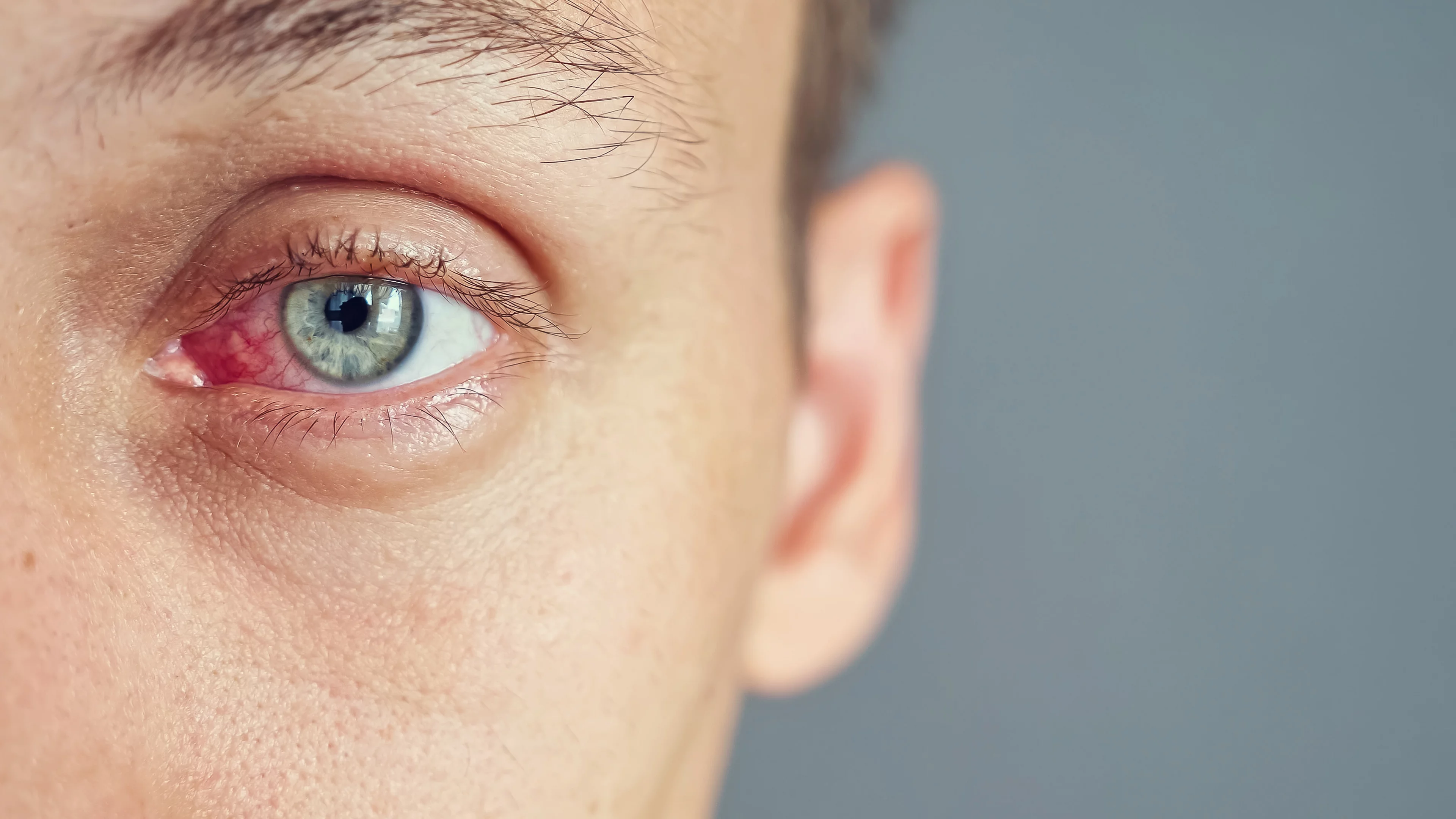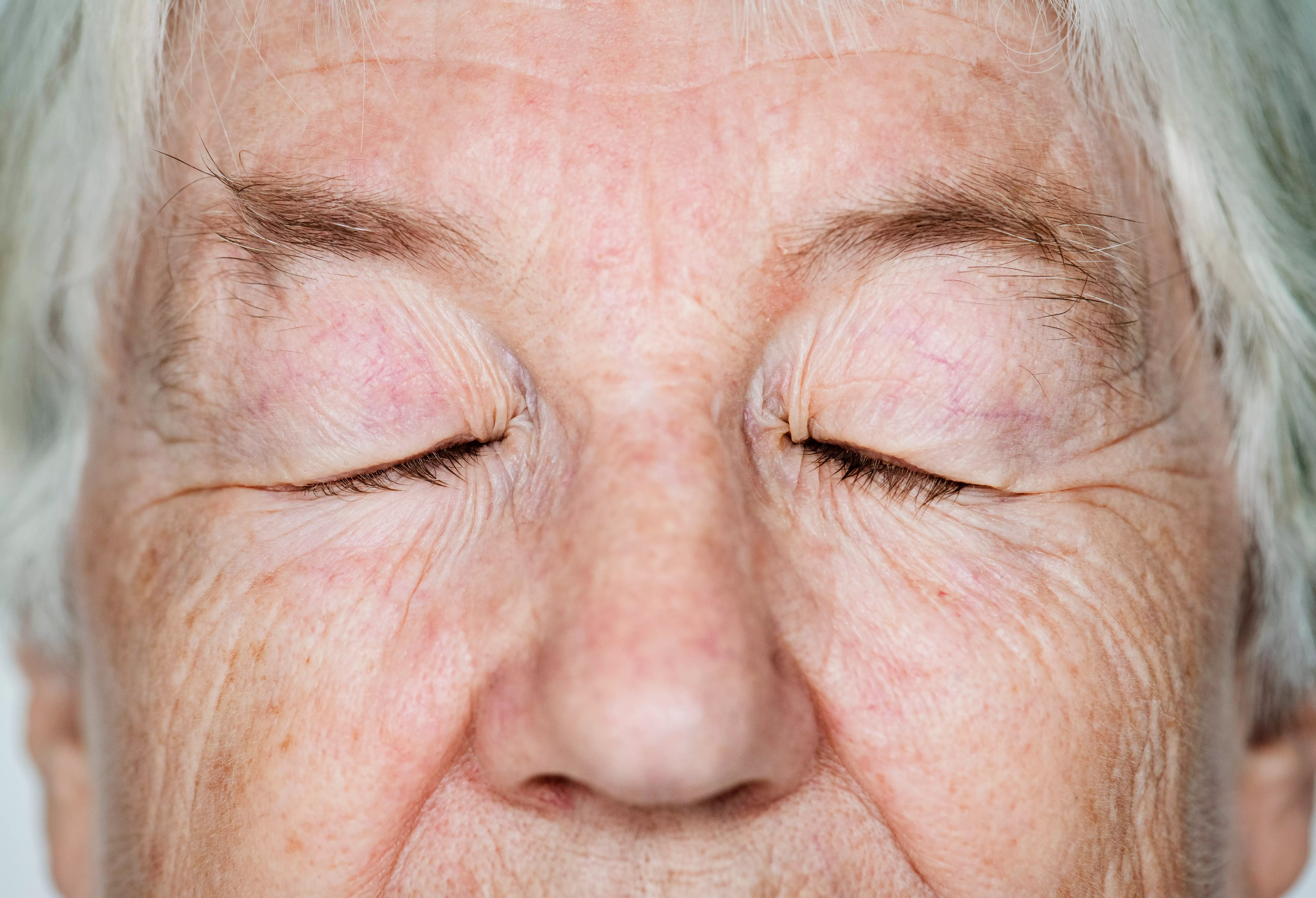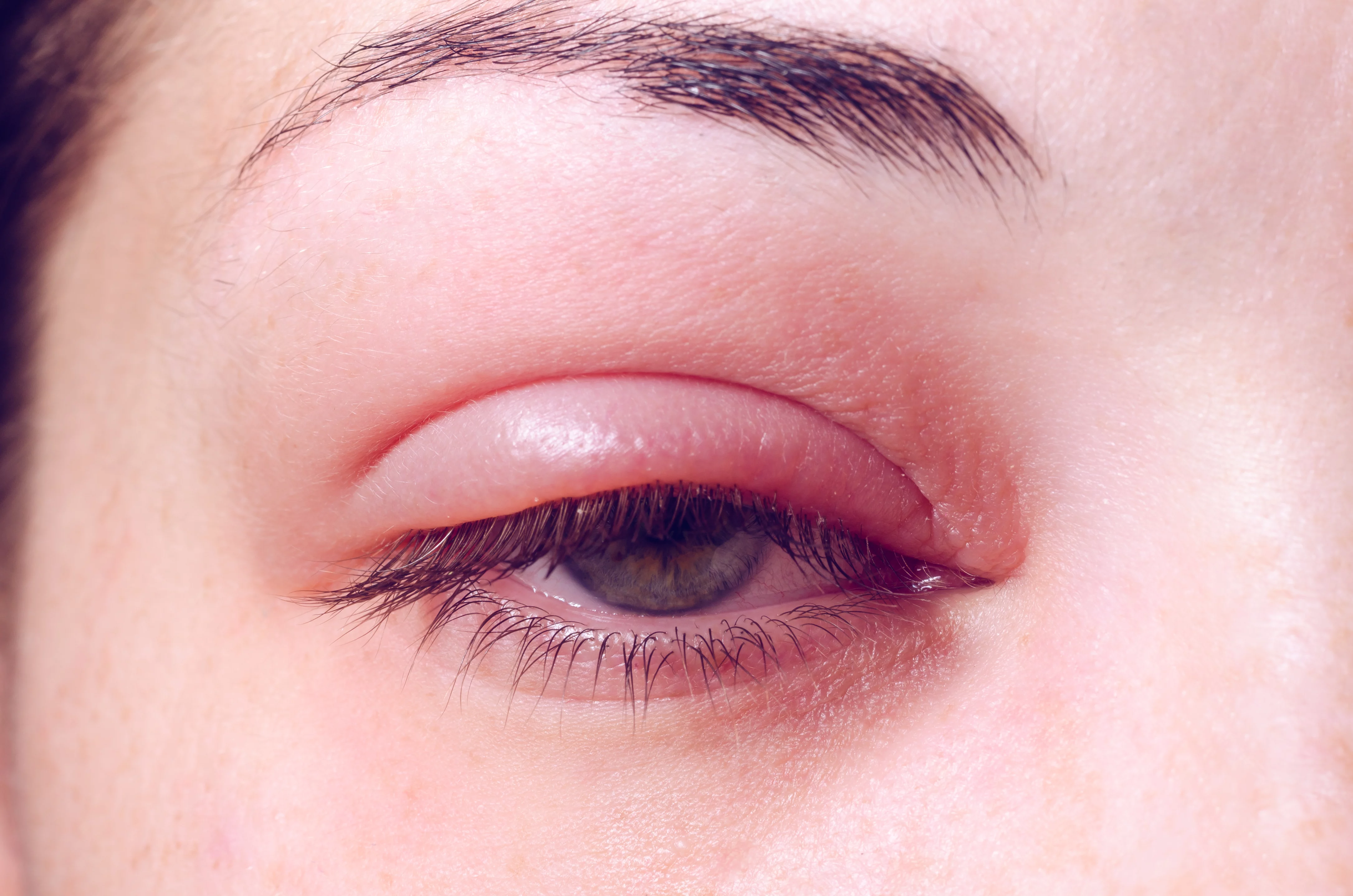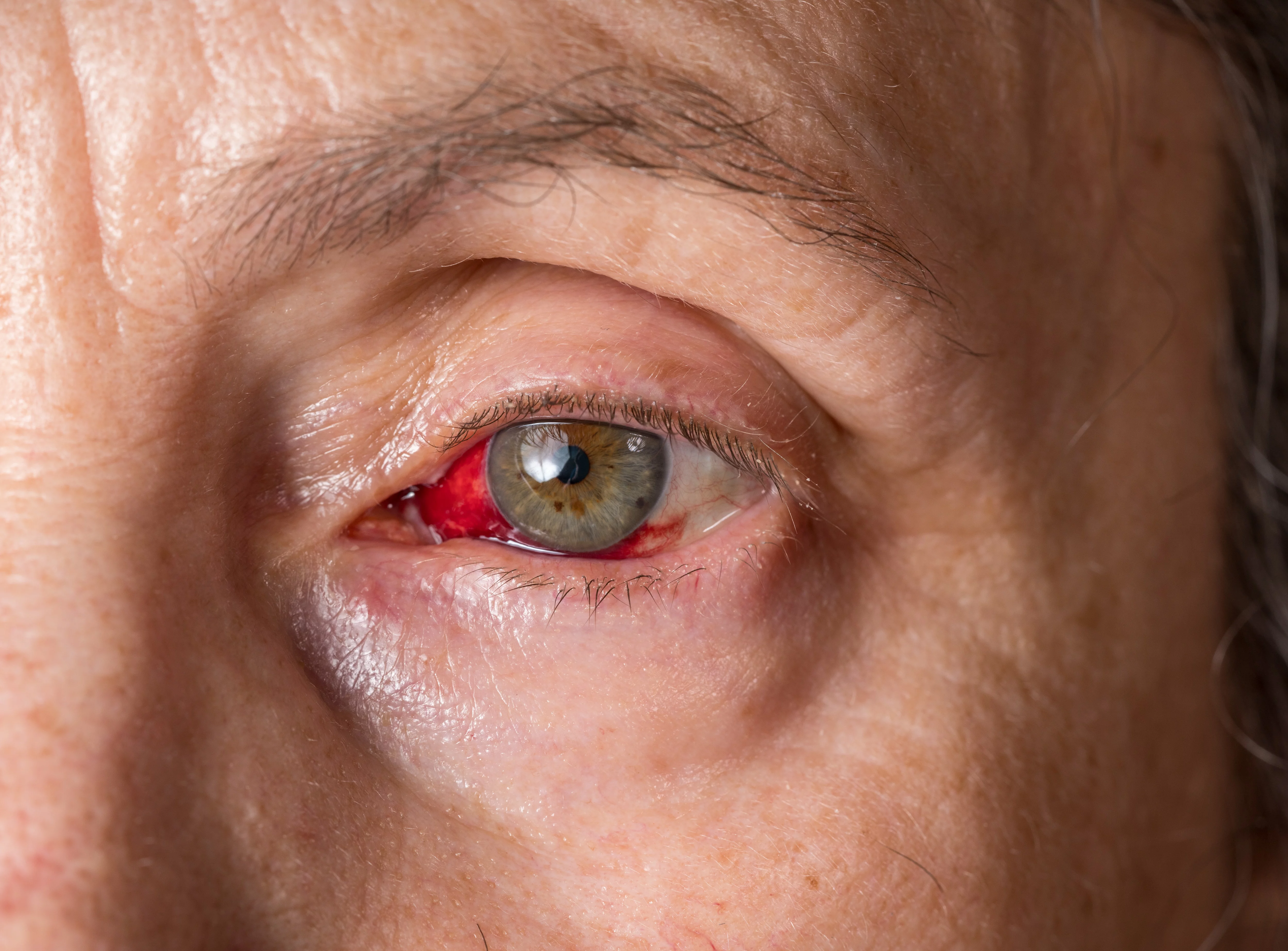Blepharitis
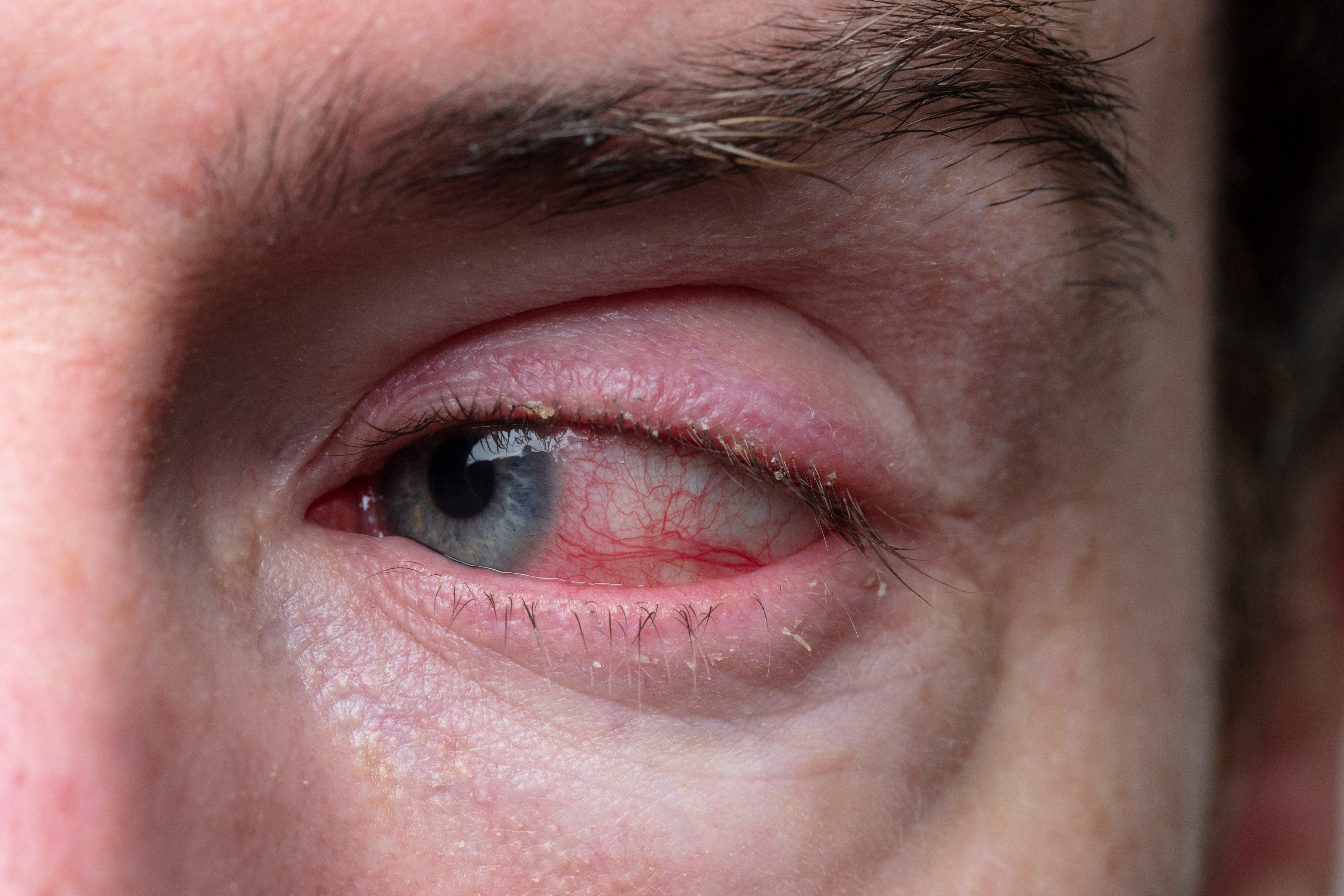
Blepharitis is an inflammation of the free edge of the eyelid that can spread to all eyelids. Blepharitis manifests itself as redness and swelling of the eyelid, with small crusts on the skin and at the root of the eyelashes. It often affects both eyes at once and is accompanied by eyelid pain or itching.
Ocular signs are often associated: redness of the eye, gritty sensations, burning, itching and/or secretions³⁻⁶. Blepharitis is often caused by inflammation of the Meibomian glands, resulting in the accumulation of sebaceous secretions and promoting bacterial growth on the eyelid margins.
- If you're experiencing blepharitis for the first time, you should consult an ophthalmologist as soon as possible to establish the cause and treat it appropriately.
- If you suffer from recurrent blepharitis, apply warm compresses to your closed eyes for 5 to 10 minutes at the first sign of symptoms³⁻⁶.
- Massage and cleanse your eyelids using suitable products that are non-irritating for the eye and for the very fine skin of the eyelids: impregnated compress or gel. For an effective eyelid massage, ask your ophthalmologist for a demonstration.
Blepharitis can be accompanied by dry eyes: in the event of blepharitis, it's important to protect the surface of the eye with a lubricating, moisturizing eye drop. If these first steps aren't enough, consult an ophthalmologist.
